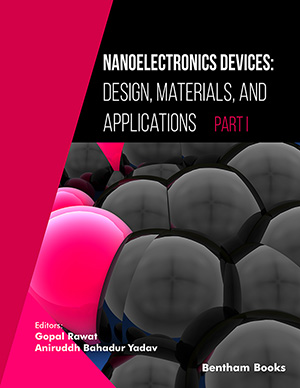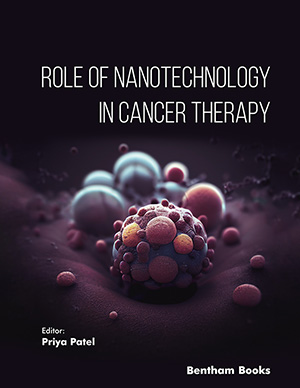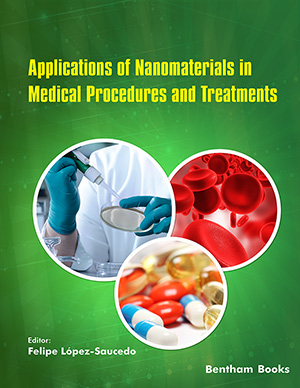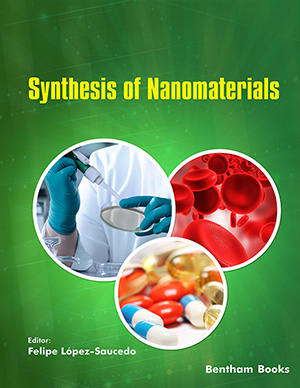Abstract
Background: Wound healing remains a challenge that has not yet been solved. Researchers are more interested in gold nanoparticles (AuNPs) than other nanoparticles because of their size-related chemical, electrical, and magnetic properties that may be useful in biological applications. Due to their antioxidant, anti-inflammatory, antibacterial qualities, and their capacity to destroy free radicals, AuNPs are also advantageous in lowering inflammation and promoting quicker wound healing.
Method: In this study, we analyzed all pertinent papers up to April 2021 to study the impact of AuNPs on the wound healing process in animal experiments based on scientific data, as wound healing is still one of the most significant medical difficulties. Based on the keywords "Gold, Nanoparticles, and wound healing," we carried out a systematic evaluation of the literature in PubMed, Ovid Medline, Google Scholar, Scopus, and Web of Science databases.
Result: This analysis shows that in all 13 studies reviewed, AuNPs significantly accelerated wound healing, decreased wound size, and produced complete epithelialization.
Discussion: AuNPs reduced inflammatory factors at the location of the lesion. Additionally, groups exposed to AuNPs showed an increase in connective tissue as well as an increase in the deposition of collagen in the wound. Different events such as the production of hair follicles, angiogenesis, antioxidant, and antibacterial actions of AuNPs have also been observed in the healing process of wounds. AuNPs are auspicious substances that may offer a therapeutic option for treating wounds.
Conclusion: To validate these results, however, an additional large sample of experimental human research is required.
Keywords: Gold nanoparticles, wound healing, scar healing, regeneration, rodents, experimental animals.
[http://dx.doi.org/10.1007/s40204-019-0110-0] [PMID: 30790231]
[http://dx.doi.org/10.1002/cnma.201900366]
[http://dx.doi.org/10.1002/aoc.5216]
[http://dx.doi.org/10.1016/j.suc.2016.08.013] [PMID: 27894427]
[http://dx.doi.org/10.1016/j.cpen.2011.04.001]
[http://dx.doi.org/10.1159/000339613] [PMID: 22797712]
[http://dx.doi.org/10.1016/j.msec.2017.03.034] [PMID: 28482508]
[http://dx.doi.org/10.1007/s12663-016-0880-z] [PMID: 29038623]
[http://dx.doi.org/10.1089/ten.teb.2020.0236] [PMID: 33066720]
[http://dx.doi.org/10.1097/00129334-200701000-00013] [PMID: 17195786]
[http://dx.doi.org/10.1016/j.carbpol.2014.12.051] [PMID: 25817652]
[http://dx.doi.org/10.1016/j.colsurfb.2015.07.058] [PMID: 26263209]
[http://dx.doi.org/10.3390/mi10060373] [PMID: 31167483]
[http://dx.doi.org/10.1016/j.icheatmasstransfer.2020.104499]
[http://dx.doi.org/10.1108/HFF-09-2016-0358]
[http://dx.doi.org/10.4028/www.scientific.net/JNanoR.64.75]
[http://dx.doi.org/10.1007/s10854-021-06226-5]
[http://dx.doi.org/10.3390/nano12030470] [PMID: 35159815]
[http://dx.doi.org/10.1016/j.msec.2017.05.134] [PMID: 28866163]
[http://dx.doi.org/10.1007/s10854-019-01556-x]
[http://dx.doi.org/10.3390/nano12172926] [PMID: 36079964]
[http://dx.doi.org/10.1134/S1063776111130127]
[http://dx.doi.org/10.3390/s20174851] [PMID: 32867214]
[http://dx.doi.org/10.1016/j.msec.2014.08.045] [PMID: 25280718]
[http://dx.doi.org/10.2147/IJN.S257499] [PMID: 33116487]
[http://dx.doi.org/10.1016/j.nano.2011.08.013] [PMID: 21906577]
[http://dx.doi.org/10.1002/lsm.22614] [PMID: 27859389]
[http://dx.doi.org/10.11113/jt.v81.11409]
[http://dx.doi.org/10.1007/s10876-021-02040-5]
[http://dx.doi.org/10.1002/aoc.5484]
[http://dx.doi.org/10.1002/aoc.5015]
[http://dx.doi.org/10.1515/gps-2020-0037]
[http://dx.doi.org/10.1049/iet-nbt.2018.5073] [PMID: 30964024]
[http://dx.doi.org/10.1016/j.jcjd.2018.05.006]
[http://dx.doi.org/10.1016/j.msec.2016.01.069] [PMID: 26952426]
[http://dx.doi.org/10.1007/s11626-017-0150-5] [PMID: 28462492]
[http://dx.doi.org/10.1155/2021/7019130] [PMID: 34721559]
[http://dx.doi.org/10.1016/j.biomaterials.2010.08.046] [PMID: 20828812]
[http://dx.doi.org/10.1016/j.jsps.2014.11.013] [PMID: 27330378]
[http://dx.doi.org/10.1016/j.msec.2019.01.105] [PMID: 30889692]
[http://dx.doi.org/10.1016/j.arabjc.2013.11.044]
[http://dx.doi.org/10.1016/j.biomaterials.2011.11.057] [PMID: 22182745]
[http://dx.doi.org/10.1039/C4DT00022F] [PMID: 24598838]
[http://dx.doi.org/10.1021/nl034396z]
[http://dx.doi.org/10.1155/2013/607109] [PMID: 23509751]
[http://dx.doi.org/10.3390/ma11071154] [PMID: 29986436]
[http://dx.doi.org/10.1002/cbin.10459] [PMID: 25790433]


























